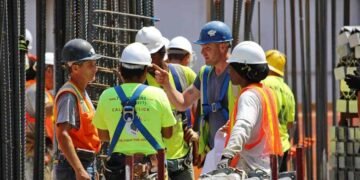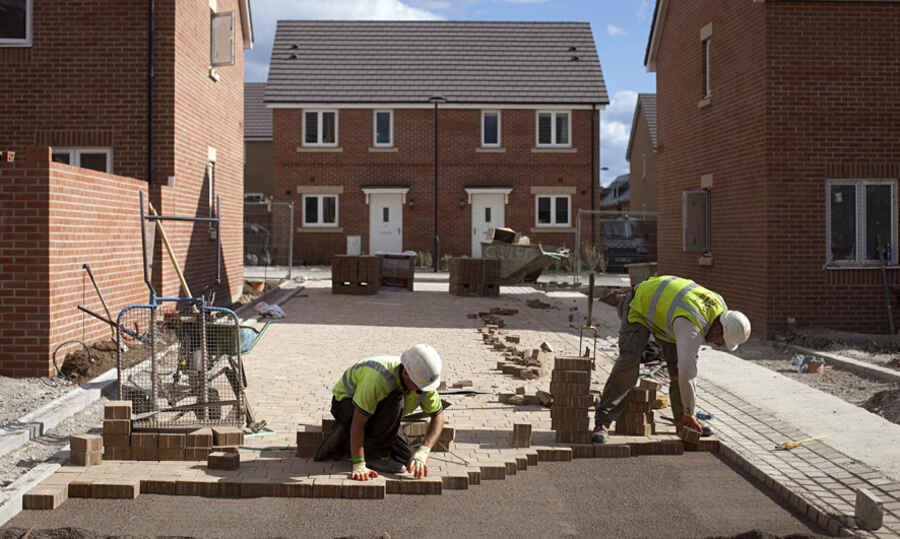Did you know that more than a majority of people in developed countries live in houses made of timber frames? In places like Canada and the US, low-rise buildings use this technology. In Scotland, about three-quarters of new homes are built this way, and up to self-build homes in the UK also use timber frames. Even big builders are catching on to the speed advantages of prefabricated timber building systems. This article will highlight the benefits of commercial timber frame building and other essential details.
Benefits of Timber Frame Buildings for Businesses
- There are clear advantages to businesses that use timber frame system construction methods. These include costs that do not change, as well as precise technical specifications for how parts should fit together–which means fewer mistakes overall. Another benefit is that workers will be able to finish the job on schedule.
- Timber frames are especially useful for quickly setting up a building’s basic shape since they do not need as many supports from the ground. They can also be helpful in places where the soil is unstable or if it is hard to get other materials to because builders can use them even if such conditions exist. However, before deciding whether or not to use timber frames, it is important to think carefully about their pros and cons.
- A commercial building made of timber that has been prefabricated can be erected faster than one built using traditional methods involving bricks or blocks. As a result, it takes less time before interior finishing work can start since bad weather will affect the inside less. There are some additional benefits too:
- If you choose timber frames with SIPs (Structural Insulated Panels), then your structure will be more efficient when it comes to retaining heat. This means lower bills for keeping things warm or cool as well as reducing how much carbon emissions are produced!
Do You Want an Estimation?
These kinds of buildings are almost twice as good at conserving energy compared with ordinary structures which have wood frames and fiberglass insulation inside gaps – this is because large pieces of wood don’t conduct heat very well meaning there will be less loss overall in spaces between them due to SIPs! Coolest part? You can do all of this without worrying about whether or not your area’s climate tendencies!
- Prefabricated building parts in a factory setting can often result in a higher quality product than constructing it directly at the worksite. Usually, the same companies that produce timber components also offer on-site assembly services. This continuity ensures that any careful work done during the manufacturing process doesn’t go to waste.
- Timber frames are strong & durable structures. They don’t easily get damaged when the foundation shifts over time unlike other kinds of buildings which develop cracks on their walls and floors.
- Timber also has some unique advantages over other materials when it comes to fire safety. For instance, exposed to high temperatures; steel tends to soften or even melt whereas concrete will explode in extreme heat; however, thick pieces of wood only char, meaning they burn slowly and give off less smoke.
- Because how well timber buildings reduce noise depends on several factors, such as what type of wall covering is used or if there’s anything between inner & outer walls — it can be hard to say they’re definitely better than those made from brick or concrete. But timber frames do have an advantage: it’s possible to construct two non-load-bearing walls with an empty space between them that muffle sound quite effectively.
- Want an open floor plan for your dream home? Go ahead — since timber doesn’t need load-bearing walls, you can have whatever room shapes/sizes you like. Need a spacious area? Not an issue either — timber structures allow for much larger spaces.
- Whether you’re looking to build a school, office building, or even your own house, there’s no end to what you can do with timber frame construction. It’s easy to work with at any scale – projects range from small cabins big enough just for one person all the way up to entire communities built up over time.
- Builders have consistently used timber frames to increase construction speed & ensure that projects stay on schedule. If they choose to use timber instead of bricks or concrete, the time it takes to finish a building decreases by at least a quarter. One advantage of this is that it is easier to stick to initial schedules since things like heavy rain will not affect as much.
Conclusion
Opting for timber frame construction will result in a faster completion of your commercial building project. The actual on-site construction process will take less time as everything is pre-made elsewhere meaning you can have a shorter overall deadline.
If you plan the use of timber frames wisely, it can save you a lot of money. This is because the panels are manufactured off-site and are of a better standard which helps reduce costs. There is also less wastage on-site as well as lower labor costs all of which add up to fewer expenses being spent overall.
Quality construction implies fewer issues in the future as well as lower maintenance costs.
















